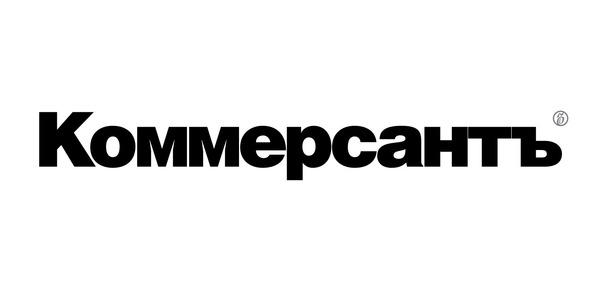
(translation from Russian)
The exhibition “That Obscure Object of Art” held by Moscow-based Stella Art Foundation is one of the events of the parallel program of the Contemporary Art Biennale in Venice. The exhibition is dedicated to Moscow conceptualism and Sots-Art of the 1970s-2000s. In a luxurious palazzo, in the environment of 18th century Venetian paintings this obscure Russian art became clarified in a curious fashion. Tatiana Markina, the Kommersant correspondent, has attended the opening ceremony.
In effect, what the organizers believe to be “obscure” is the conditions in which the Russian contemporary art evolved, rather than the art itself. It was growing in opposition to the official art and in isolation from the world art, which is why its language is so ambiguous and contradictory. Indeed, in the opinion of Vladimir Levashov, the exhibition’s curator, this language is a language of literature, because many artists of the underground earned their living by illustrating books, and this entire intellectual circle of artists and admirers of their work was permeated with the spirit of literature. That is why the works of conceptualism and Sots-Art can be seen as illustrations and running commentary to ideas, as weaving of a never-ending story in a communal kitchen. It may all sound rather unclear, yet its appearance in quite tangible.
One version of “That Obscure Object of Art” was on display last autumn at Kunsthistorisches Museum in Vienna. The Venetian project differs quite considerably from the Viennese one: the set of artists has changed, there are two new halls of graphics. And, of course, the environment itself. There, in Vienna, the Habsburgs’ ponderous pomposity and austerity of the old masters of the North, here, in Venice, the rocaille lightness and sensuality of the 18th-century Italians. The hall with Francesco Guardi’s frescos on its walls hosted sketch-boards with drawings by Vagrich Bakhchanian from his series “Naked Pravda.” We see a girl with lifted skirt on the title word “Pravda” cut out of the newspaper, with the word “organ” (of the Central Committee of the Communist Party of the Soviet Union) being located very appropriately on the girl’s body. A Pravda article with the title “Important Pursuit” dealing with the organization of local voluntary law enforcement groups in the city of Voronezh features a picture showing a couple engaged in an act of cunnilingus. Vagrich Bakhchanian worked at the humor section of the “Literaturnaya Gazetae”, a periodical that was quite popular with Soviet intellectuals, for nearly ten years and even earned some government decorations, and, after emigrating to the US in 1974, became a “word artist”, as he describes himself. The next hall features some more graphics: sheets from Leonid Tishkov’s Deep Sea Divers series from the late 1990s. The artist develops a whole mythology surrounding the people of this heroic profession, some details of which readily bring to memory our childhood years or jokes of the Soviet period, such as the sheets “No One Can Get Out of a Deep Sea Diver Alive” and “Two Can’t Get Along in One Deep Sea Diver.” The text caption becomes an integral part of the work with Alexander Djikia, too — for example, in his sheet “He was Positioned Highly in Life and Now He is to Die Soon” from 1988.
The centerpiece of the exhibition is situated in a hall with no old paintings on the walls, only stucco mouldings and marble busts with columns. Here we find a “Soviet altar”, Still Life with Marx and Engels by Vitaly Komar and Alexander Melamid. The sculptures of the “founding fathers” painted on the canvas appear at the first sight to be almost a natural part of the palazzo decorations. Nearby, the viewer will find an ironical work of conceptualist artist Yuri Albert: an inscription “Kunst macht frei” (Art Makes One Free) made of neon tubes, under which you find a magnified caricature of the Soviet times painted on canvas, showing a monkey copying a picture of an abstractionist artist. The free Western art once seemed beautiful to us only because it was forbidden, the artist comments. Now that we have our own contemporary art, in turns out that “the signboard is the same, but, once you enter, you feel frightened: It’s a cheat, it’s something totally different, even though it may look similar: like a gas chamber may resemble a shower cabin.”
Mystification is another genre which is as dear to the contemporary art as it is to the contemporary literature (and to the exhibition organizers too, because the annotations that could clarify the curator’s thinking, which is anything but simple, are only given in the catalogue). “Che Guevara” by Konstantin Zvezdochetov, surrounded by bosomy babes with canopies on their heads and crowned with a two-headed eagle, caused stormy reaction from Alexander Vassiliev, a fashion historian who accidentally dropped in with a flock of his female adorers. “That’s horrible! The Venetians might think all Russians have such a bad taste!” he anathematized the work of the contemporary art classic.